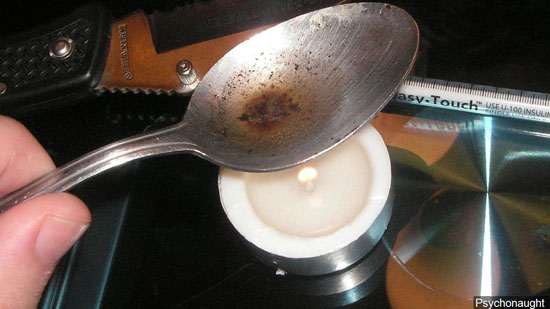Heroin overdose deaths rising in Ohio
DAVE MOSIER/independent editor
With unintentional drug overdose deaths increasing rapidly across Ohio, driven by a sharp rise in fentanyl-related deaths, Van Wert County is just beginning to see fentanyl become a factor in local overdose deaths.

Statewide, the number of fentanyl-related deaths has increased from 84 in 2013, to 503 in 2014, and 1,155 in 2015. Overall, drug overdose deaths in Oho increased from 2,531 in 2014, to 3,050 last year.
The information was part of a report released by the Ohio Department of Health, which also illustrates the move from prescription opioids such as hydrocodone (Vicodin) to black tar Mexican heroin, now often cut with fentanyl or the large-animal sedative carfentanil.
Locally, Van Wert County Health Department records show that fentanyl is also beginning to show up in drug overdose deaths. The county had three drug overdose deaths in 2014, with two of those either heroin or a mixture of drugs that included heroin. The third overdose was a combination of codeine and cyclobenzaprine, a muscle relaxer sold under the trade name of Amrix (formerly Flexeril).
Last year, the county had only one confirmed drug overdose death, which was due to a combination of hydrocodone (Vicodin) and methylphenidate (Ritalin).
This year, the health department already has reported three drug overdose deaths, including the county’s first fentanyl-related fatal OD. Of the other two, one was cocaine related and the other heroin that did not contain fentanyl.
However, two more unconfirmed, but suspected, fentanyl-related overdose deaths have occurred recently in the county. Test results have not come back from the Lucas County Coroner’s Office on those recent deaths.
Van Wert Fire Chief Jim Steele said drugs, even marijuana, have changed a lot since he first became a firefighter/paramedic.
“In the Seventies, drugs were almost always injected, now it’s not,” Chief Steele said. “(Now) we have brown tar heroin, black tar heroin, we’ve got heroin with fentanyl … marijuana is much stronger now than it ever was; the THC levels are so much higher; (those using the drug in the Seventies) probably wouldn’t recognize it.”
The transition to more powerful drugs also includes heroin, which is now being cut with fentanyl and carfentanil, drugs that are much more powerful than heroin itself.
“Quite frankly, I think half the time people who are using them have no idea what they’ve been cut with,” Chief Steele said.
What has prevented many heroin-related overdose deaths has been the use of Narcan (naloxone), an opiate reversal drug, by first-responders. Use of the drug at the scene of an overdose has been able to save a number of drug overdose victims, both locally and across Ohio.
“For us, we’ve been fortunate that we’ve had a good supply of Narcan and we’ve been able to combat a lot of these opiates that they’re using very successfully, and, for the most part, get people and revive them,” the fire chief said, adding that local medics have saved “easily more than 10” people who would likely have died without the use of naloxone.
Chief Steele said another positive is the relaxation of regulations mandating that only certified paramedics could use naloxone. Now the drug is being distributed in aerosol form to volunteer squads, which usually have lower numbers of paramedics, the city fire chief noted, something he feels has also saved a number of lives.
The Ohio Health Department also created a campaign in May to urge family and friends of opiate users to obtain naloxone to administer during an overdose while waiting on first-responders to arrive.
Unfortunately, the use of fentanyl and carfentanil to cut heroin has caused more problems for first-responders, since it often takes multiple doses of naloxone to revive those who overdose on heroin cut with those drugs.
On the positive side, statewide efforts to curtail the abuse of opioid prescription drugs have reduced the amount of prescription doses being sold, according to ODH Medical Director Dr. Mary DiOrio.
“There were 81 million fewer opioid doses dispensed to Ohio patients since the state took initiatives to curb opiates, and the number of people who try to get controlled substances from multiple doctors has dramatically decreased,” she said. “Also, the percentage of prescription opioid-related deaths compared to all unintentional overdose deaths declined in Ohio for the fourth straight year.”
Meanwhile, more efforts are being made at the state and local levels to rehabilitate substance abusers. Local efforts include the drug court created by retired Van Wert County Common Pleas Judge Charles D. Steele, in conjunction with Westwood Behavioral Health Center, and continued by his successor, Judge Martin Burchfield.
Ohio Attorney General Mike DeWine has also formed a task force to come up with better ways to deal with the state’s increasing heroin abuse problem.
POSTED: 09/09/16 at 7:38 am. FILED UNDER: News







